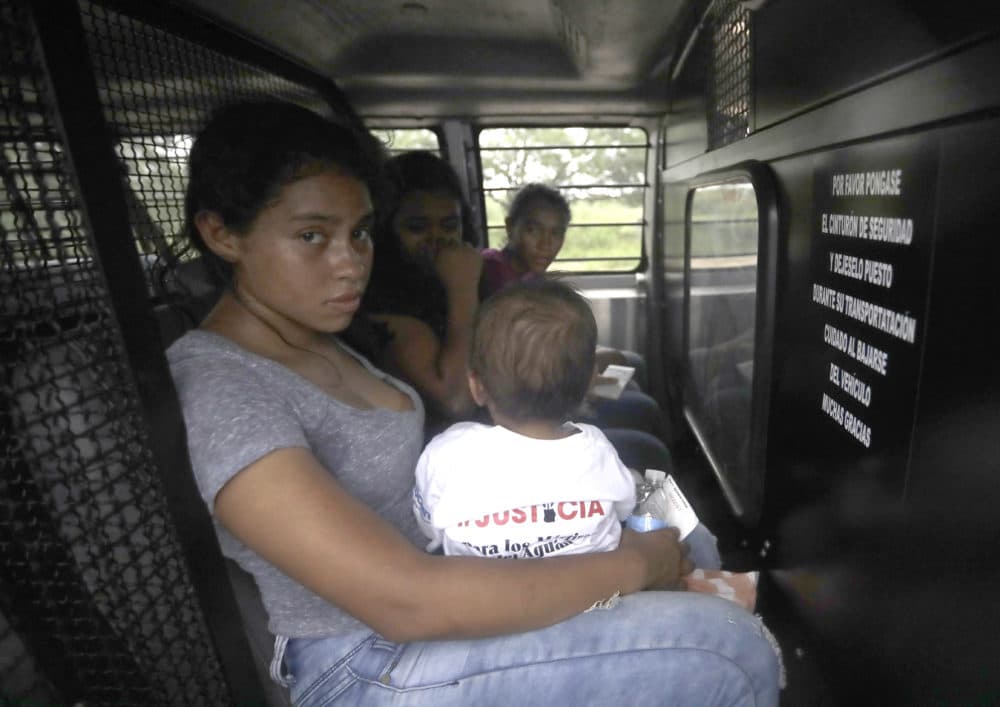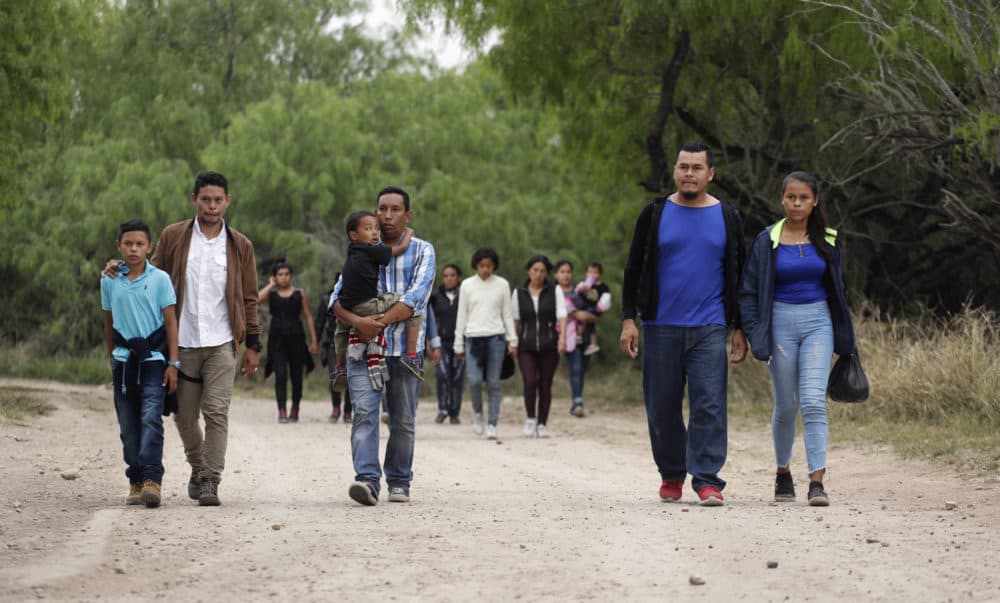Advertisement
Commentary
End Immigration Detention And Our 'Policy Of Deliberate Neglect'

In 1980, on any given day, we had 30 people in immigration detention. Every single person had had a full hearing and a full appeals process before any deportation order was acted on. And our government detained people only as long as necessary to get them on a plane back to their home countries.
Today, on any given day, we have over 52,000 immigrants — an all-time record — in over 200 detention centers spread across the country. That’s costing taxpayers more than $8.43 million a day; and $3.076 billion each year.
We should shut these centers down now. They are expensive, unnecessary, unsafe and their mission is to coerce people into forfeiting their rights.
First, unlike 1980 when we only detained those whose deportation hearings were complete, today every asylum seeker is put in a detention center before they get a hearing. Detention is not needed to make sure people show up: 97.5% of mothers with children who were never detained went to their hearings; 100% of all asylum seekers released from detention showed up at theirs.

That’s not surprising. When people walk over 1,000 miles to ask for asylum, they are quite motivated to show up and tell the court why they and their children are in harm’s way.
Second, those now in detention are not “illegal.” Someone can violate immigration law by being in the country without papers, but that’s not a crime. To the contrary, immigration law has a full hearing to find out if someone is eligible for asylum. If they are, the immigration violation is forgiven and erased. Immigration law is much more flexible than anything you see in a criminal court.
Further, fighting an asylum case is worth it. Ninety percent pass the first credible fear interview, and around half of the asylum claims are granted at the first interview or in immigration court. An appeal of a denied asylum case can take many months, often years. But those appeals are not for naught. In May of this year, an immigration judge made so many mistakes in denying asylum for my client, that the Board of Immigration Appeals outright granted asylum instead of sending the case back for a new hearing.
Advertisement
So, in fact, we are not detaining the “illegals,” we are detaining the “pre-legals.”
... the current immigration detention system is ruthlessly designed to weaponize misery
Third, the conditions in detention centers have dramatically deteriorated, by design and with consequence. In February, Congress cut back the detention funding level to 40,000 beds. But rather than releasing immigrants to match the reduced funding, ICE and the Border Patrol instead have opted to overcrowd existing facilities and stop providing kids art, soccer, books and lawyers. They’ve detained toddlers without diapers and caretakers; and deprived thousands of beds, toothbrushes and soap. It’s a public health crisis — just this month, 5,200 detained migrants were exposed to the mumps.
This policy of deliberate neglect has had dire consequences. Between 2006 and 2016, no one died in immigration detention. Since 2016, at least 24 adults died in immigration detention. At least seven children have died since September 2018 alone.
In the last 15 years, I've represented dozens of detained clients. Before 2016, not a single person asked to leave the country before their case was done. In the past two years, five clients have begged to do so rather than spend a day more in detention. Worst of all, in the past two years, two other detained clients told me they were sexually assaulted — one by another detainee, one by a guard. Neither perpetrator was held accountable.
This policy of deliberate neglect has had dire consequences.
The centers are not intended to help refugees. My father, who was born in Latvia, was a boy in a displaced person camp in Germany after WWII. He had food. He was not sexually abused by guards. The Red Cross visited. Most important, he was with his family. When his mother died from cancer (not a preventable disease) his older siblings were there to care for him. And, he was resettled safely in the United States — not sent back to a place where the Soviets had warned his family, that if they failed to support Stalin, they would be killed.
By contrast, the current immigration detention is ruthlessly designed to weaponize misery. Many centers were built in the desert, away from access to lawyers, in hopes people would not get help to fight their cases. They are being operated to force people who would otherwise win their cases, cry uncle and leave.
It is time to ask and answer why these detention centers operate for a single day more.
Every child, every asylum seeker and every immigrant must be released immediately. Every immigrant deserves their day in court. The right to a fair hearing is what separates democracy from other governments. As a country of immigrants, our democracy, in particular, is morally compelled to live up this promise. We the people cannot afford to squander our reputation and humanity by using danger, disease and misery to coerce surrender.
